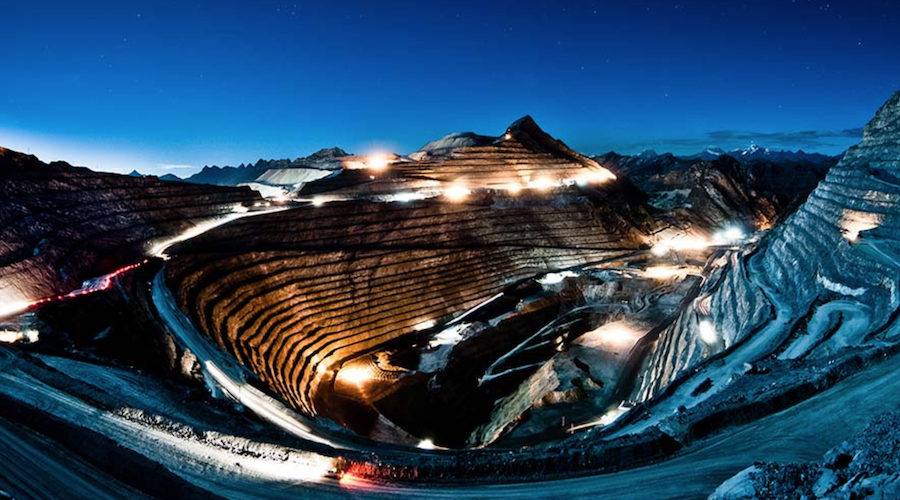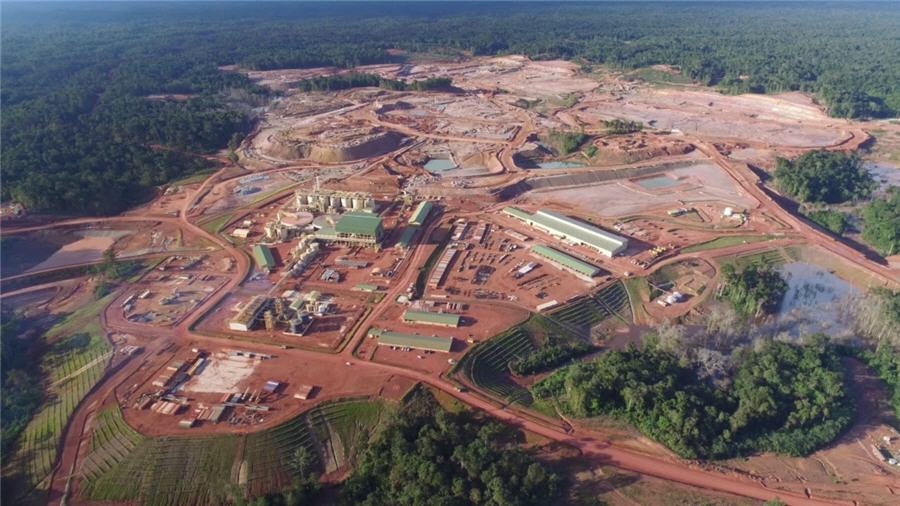Peru’s No. 2 copper mine Antamina sees production steady in 2024

Antamina, Peru’s second-largest copper mine, expects 2024 output to be in line with the 435,378 metric tons it produced last year, while it nears the start of work on a delayed project to extend the mine’s lifespan, a top executive said on Friday.
Antamina, controlled by Glencore, BHP, Teck and Mitsubishi, is pushing ahead with the $2 billion project to extend the mine’s life to 2036, from 2028 currently, its president Victor Gobitz said.
In 2022, Antamina was Peru’s top copper producer, with an output of 467,905 tons, but has since fallen to number two, according to data from the mines and energy ministry.
“We have no plan to increase production levels; undoubtedly these (copper) prices help margins, but we do not have that operational flexibility,” Gobitz told Reuters, referring to near record high global prices of the red metal.
Production will be “very similar to last year,” he added.
After receiving the environmental permit for the “Antamina Replenishment” project earlier this year, the government should issue the construction license before year-end so expansion works can start in 2025, Gobitz said.
He added that Antamina, which also produces silver and zinc, has not ruled out extending the operation of its mine beyond 2036, “under the same operational footprint and the same environmental footprint, because that simplifies permitting.”
Peru was displaced last year by the Democratic Republic of Congo as the world’s second largest copper producer, but remains in the No. 2 spot for exports behind neighbor Chile.
Gobitz estimated that Peru’s overall production would increase to 3 million tons this year, up from 2.76 million tons of copper last year and in line with government estimates.
“Beyond whether we are second or first, we have many more competitive advantages than the Congo, which bases its production on high (ore) grades and we know that high grades are not infinite”, said Gobitz.
(By Marco Aquino and Anthony Esposito; Editing by Kylie Madry and Bill Berkrot)
More News
{{ commodity.name }}
{{ post.title }}
{{ post.date }}

Comments